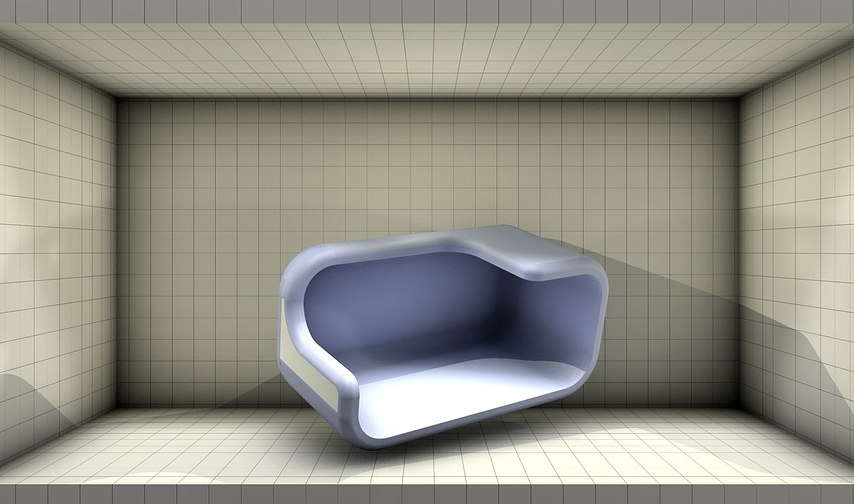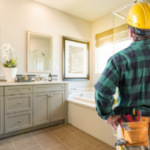Imagine, your printer is mounted and shining in its place. You cannot wait to print the most beautiful objects, but you unexpectedly run into some problems. With the tips in this article you can solve and prevent common 3D printer problems. Hopefully because of this your printed parts will always look and function perfectly, which definitely is the case if you outsource it to a 3D print service. Even if their printing fails, they will print another product for you, this is what a CNC machining service will do as well. However, if you 3D print in-house you might run into some common problems. Below will be explained how to solve these issues.
Assembly
Take a good look at your 3D printer, it is a very extensive device with many motors and transmissions, electronics, wiring, the various axes, a motherboard under the hood, a hotend with nozzle and possibly a bowden tube, which is the tube that transports the filament from the extruder to the hotend. Your print is only successful when all these components connect and work together without any problems. So there are quite a few times when this is unfortunately not the case. When you have received your printer, make sure that you assemble it accurately. There are printers that arrive half-assembled and others that you have to build completely from the ground up. Take a good look at the manual and watch tutorials on YouTube. Make sure you do this properly as it can otherwise lead to a lot of problems.
Bed leveling
Very important, and perhaps the most important part of it all, for a successful print is the leveling of the bed or adjusting the print surface on the nozzle. The print bed does not necessarily have to be 100 percent level, ideally it is, but the point is that the nozzle is at the same, correct, distance from the bed at every moment of printing. It is therefore important that you know exactly how to adjust your bed. With many printers, this is done with large rotary knobs that can raise and lower your print bed. Pay attention, because if you have correctly set one corner, you will see that you have to adjust the other corner.
Cleaning the print bed
Besides that, it is also very important that the print bed is undamaged, while it has to be clean too. Above all, the print bed has to be grease-free. After all, filament does not adhere to grease. Make sure after every print that remnants of support are neatly removed from the bed, no matter how difficult this can sometimes be. Also make sure that your nozzle is at the ideal distance from your bed so that the filament is really pressed on a bit without it being squeezed or imposed from too high. Find the ideal balance! With many printers you can adjust the Z-offset during printing, look on the internet to see how this works for your printer.








